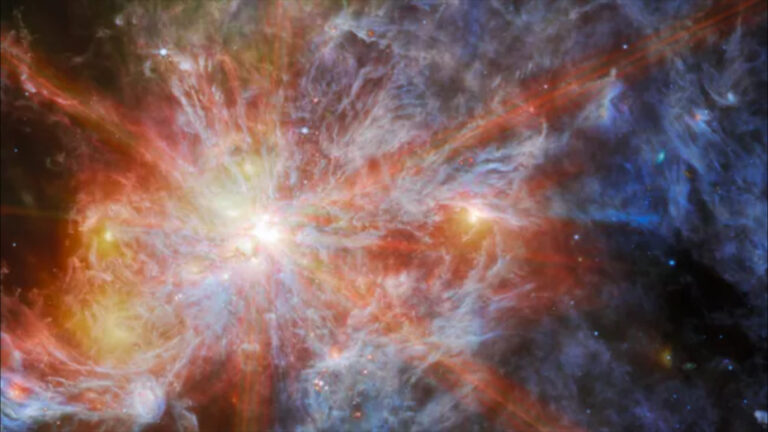Four desk-organizing gifts you don’t technically need but might very much want

“A clean desk is a sign of a sick mind” is a phrase sometimes attributed to Oscar Levant, but I give it to Egon Spengler. I also live that phrase. My desk is not clean, but I know why everything…












